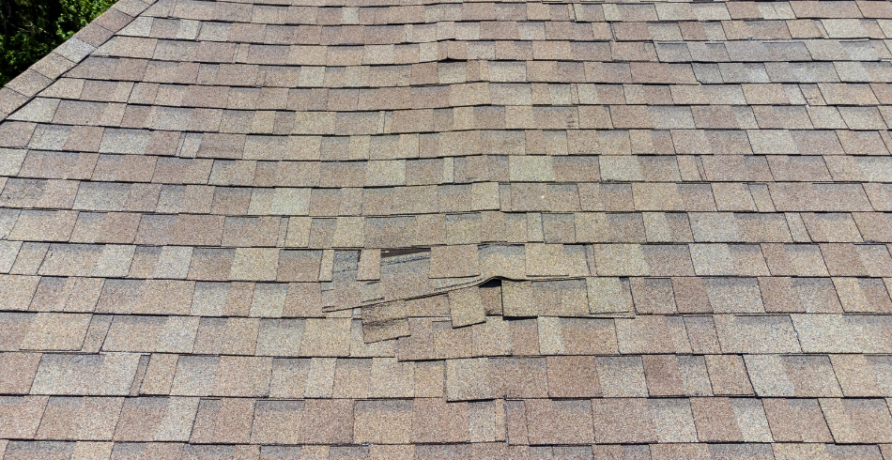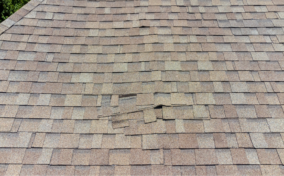Hail can cause costly damage to your home, especially the roof, siding, and windows.
Learn to identify your risk, understand your options, and protect your home against hail.
Choose impact-resistant roofing and construction materials if you reside in a hail-prone area.
When severe weather threatens, close blinds and windows to minimize the hazards of broken glass. Move vehicles into a garage or sheltered place.
Take shelter away from windows, skylights, and glass doors that could be broken by hail.
Stay inside until the storm has passed; monitor your NOAA Weather Radio, smartphone apps, and local news for updates.
After the storm has passed, check the exterior of your home and roof for damage. Dented patio covers, screens, or soft aluminum roof vents could indicate roof damage.
Cover any broken windows and holes in your roof to prevent water intrusion. Plan to repair and rebuild resiliently to prevent damage from future hailstorms.
Please enter a more specific address.

A Severe Thunderstorm Watch is issued when severe thunderstorms are possible in and near the watch area. It does not mean that they will occur. It only means they are possible. Severe thunderstorms may have winds of 58 mph or higher and/or hail one inch in diameter or larger.

A Severe Thunderstorm Warning is issued when severe thunderstorms are occurring or imminent in the warning area. Severe thunderstorms may have winds of 58 mph or higher and/or hail one inch in diameter or larger.
The Federal Alliance for Safe Homes (FLASH) — a 501(c)(3) nonprofit organization — is the leading consumer advocate for strengthening homes and safeguarding families from natural and manmade disasters.
The Playbook provides proven strategies for all leaders who wish to drive resilience.
This annual conference brings together the nation’s leading voices in disaster safety.
Inspect2Protect will help you understand the building code where you live.


Protect Your Home from Hail Damage
During a hailstorm, hailstones scatter the sunlight and the surrounding moisture in the atmosphere. The scattering can cause the sky to appear greenish, particularly where the hailstorm is occurring.
It is important to note that a green sky does not necessarily mean a hailstorm is imminent, and not all hailstorms create a green sky. Tornadoes or thunderstorms can cause a green sky too.
Hailstones can cause significant damage to an aircraft’s exterior, including the windshield, fuselage, wings, and engines. The hailstones collide with the aircraft at high speeds, causing dents, scratches, and even cracks in the exterior surfaces. Hail can also damage the aircraft’s engines and other critical components, which can affect the aircraft’s ability to fly safely.
Beyond the physical damage, hail can impede an aircraft’s performance when hailstones accumulate on the wings and other surfaces, increasing its weight and altering its aerodynamics. This can make it difficult for the plane to maintain altitude or control its direction.